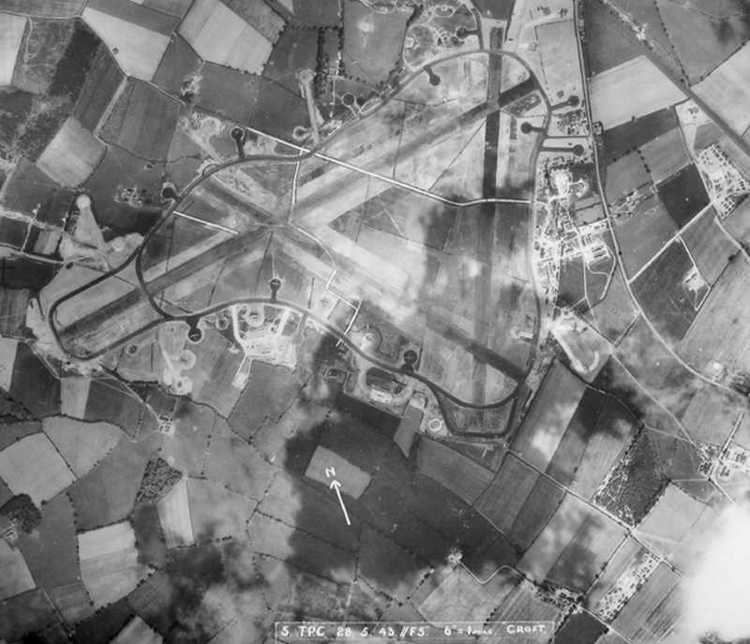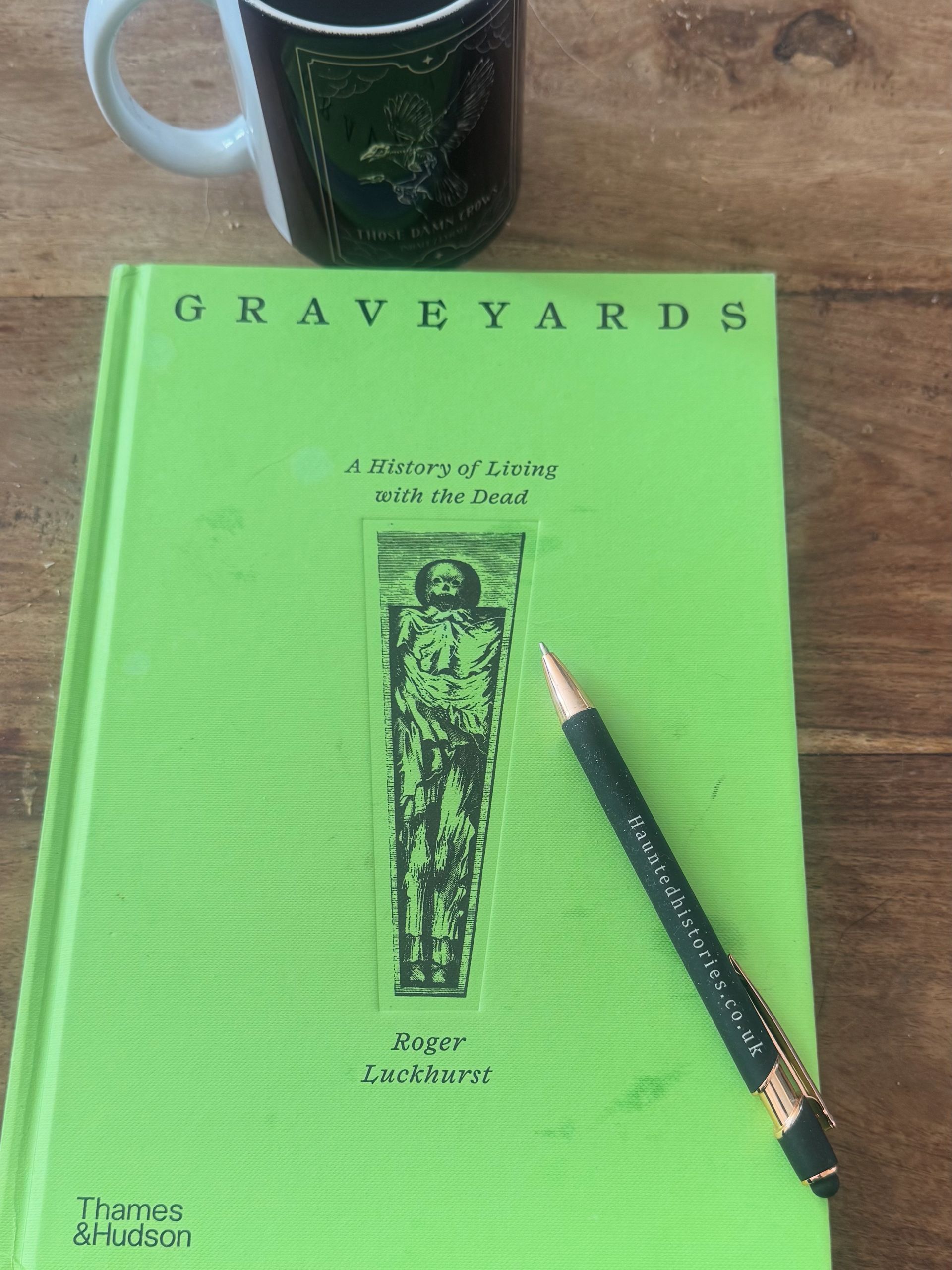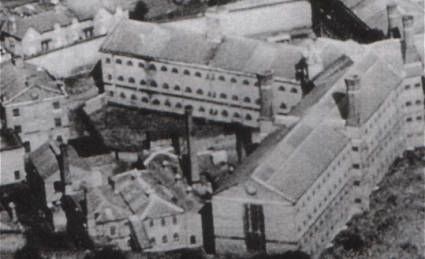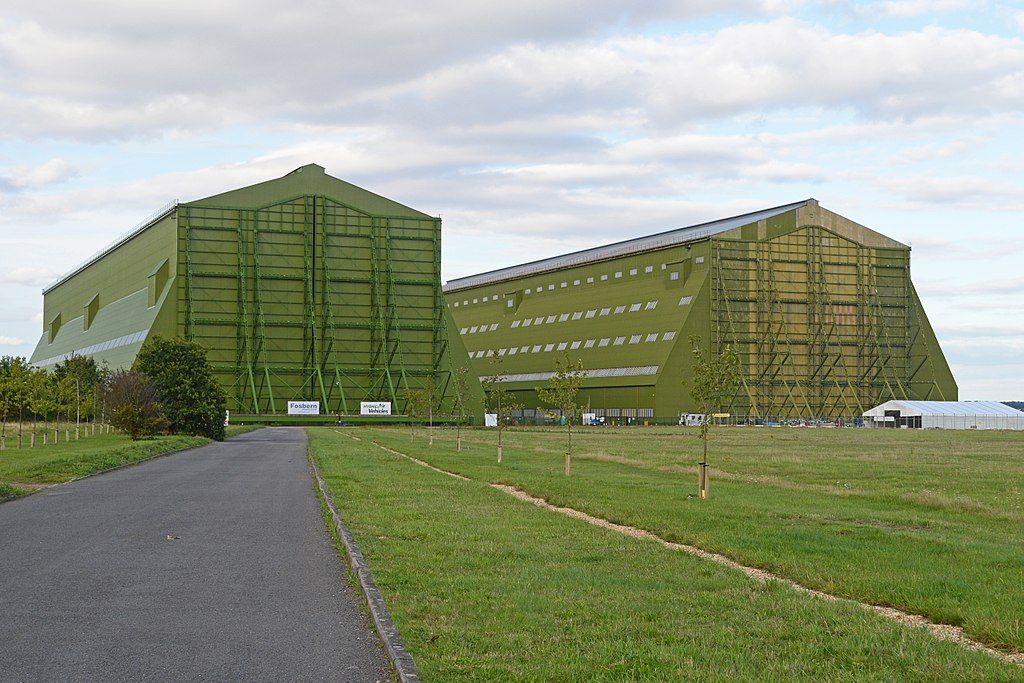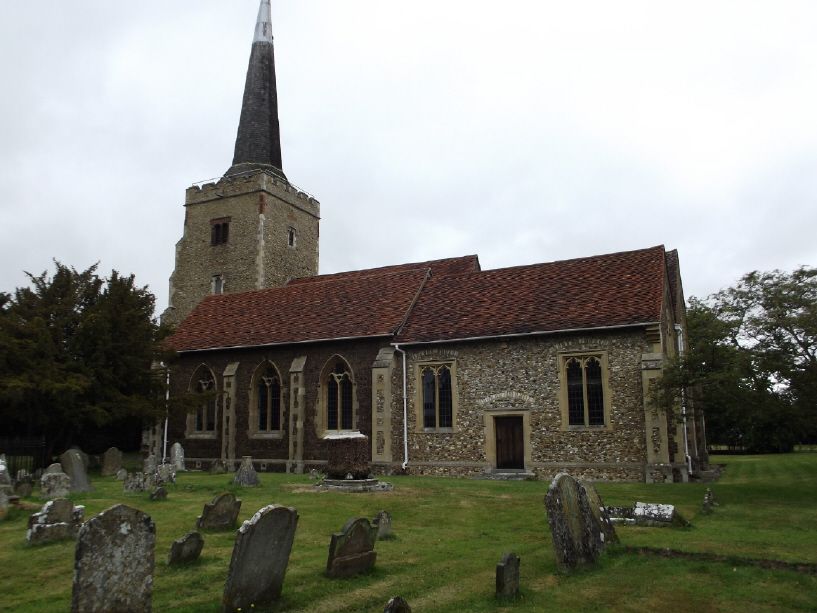Disaster in Butte
Those of you who follow my Facebook page “Haunted Histories” will probably recall that I recently did a series of posts of places I would like to visit and/or investigate, and one that I had seen on “Ghosts of Devil’s Perch” recently with the team of Dave Schrader, Cindy Kaza and KD Stafford which had really blown me away.
I will not spoil it for you if you have not watched it, but grab a copy if you can and you will hopefully agree with me.
The episode where they visited the part of Butte known locally as “the Cabbage Patch” told a tale of poverty, self -rule and murder, but one of the other facts the local historian mentioned was that many of the women living there were single mothers whose husbands had lost their lives in the mines of the area – keep in mind, Butte was once called the “richest hill on earth” due to its abundance of geologically precious materials found below the ground.
But why were so many women left widowed? Health and safety in the mining trade has always been a difficult one to manage, but go back one hundred years or so, lives did not matter, profit was all that counted and during the First World War, the demand for copper was extensive.
That was just the material that these men were digging for, and as the need became greater, so did the demands placed on these workers. By mid-1917, the need for the material that was being mined in this area was increasing substantially, copper was used in so many different elements of war from electrical wiring to shell fuses to being alloyed with zinc to create brass for shells.
Ironically, the worst ever hard rock mine disaster in the United states happened when the owners were actually in the process of implementing a new sprinkler system to help with fire safety. On the 8th June 1917, they had dropped an electric cable some eight hundred metres or more into the shaft but the outer casing had been damaged, exposing the oil soaked cloth insulation beneath. When one of the foreman was inspecting the wiring to see whether it was still suitable, he set light to the fabric outer coating and it took mere minutes for the flames to traverse the entire length of the shaft and turned it into a terrifying chimney for the fire which proceeded to suck up all the oxygen that was in the mine tunnels themselves.
The death toll was horrific, at least one hundred and sixty eight miners lost their lives, most not from the flames themselves but from asphyxiation, the Irish newspapers carried stories about it – not unsurprising as the area had a very high Irish contingent - which sadly underestimated the death toll, placing it at less than a third of what actually happened. When the rescue teams were finally able to get into the works to try and rescue any survivors (of which there were ultimately around two hundred and fifty), attempts to bring teams back to the service by means of the cages was met with horrific circumstances as the gusts of air that were a side effect of the hoists working caused what can only be described as a backdraft, roasting the poor men alive.
There were heroes, one we shall mention was a man by the name of Manus Duggan, he was a young chap who worked in the mine sharpening and delivering tools to the other workers, he persuaded a group of around twenty nine to barricade themselves in a dead end tunnel, and building a blockhead to protect themselves from the advancing poisonous gases produced by the fire. These men had to overcome their fear of being buried alive, and after around thirty six hours, twenty five of them made it to safety on the surface. Duggan went back down into the mine in search of other colleagues and tragically perished and became one of the one hundred and sixty eight.
This may seem horrific enough, but Butte in Montana was to see other high profile events, it is no wonder it is as active as it is, just look up the Anaconda Massacre, or the murder of American Labour leader and unionist Frank Little, or the disabilities and deaths caused by silicosis – aka miner’s consumption.
A Butte Irish Miners song.
Hurrah for Old Ireland, the land of good miners
The dear little isle I see in my dreams.
I'll go back to Old Ireland
to the girl who waits for me;
To hell with your mines and your mining machines.
